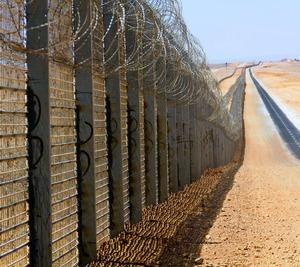The Wall & Sanctuary Cities: Trump's Executive Actions Explained
We've received a number of questions since President Trump issued two executive orders about immigration yesterday. Much of how these presidential...
3 min read
 John Broyles
:
Mar 16, 2022 3:18:24 PM
John Broyles
:
Mar 16, 2022 3:18:24 PM

We've received a number of questions since President Trump issued two executive orders about immigration yesterday. Much of how these presidential commands will play out is still uncertain. A few things are sure, however:
1. The executive actions prioritize the deportation of illegal immigrants who have committed crimes. If you fall into this category, please consider meeting with a qualified immigration attorney who can advise you on your circumstances. In some cases, criminal records can be improved.
Hire 10,000 more Department of Homeland Security officers. This is "subject to the availability of appropriations," meaning how many officers are hired (and how quickly they're hired) will depend on how much money DHS receives from Congress. The process of appropriating money begins when the President submits a budget plan in February and is typically completed by October, though it may take longer. (Read more about appropriations here.) Border patrol agents make between $40,000 and $66,000 per year.
- plan, design, and construct it
- project how much it will cost to maintain the wall in years to come
- create a comprehensive study of the southern border in 180 days
- open more detention facilities along the border
- assign immigration judges to serve in those facilities
- make provisions to identify genuine asylum applicants and process unaccompanied minors appropriately
- terminate "catch and release" (a policy that allows people detained at the border to be released until their hearing with an immigration judge)
- reevaluate when the power to give parole should be used
- hire 5,000 more border patrol agents

We've received a number of questions since President Trump issued two executive orders about immigration yesterday. Much of how these presidential...

It's about to get more expensive to submit some common immigration applications.

Immigration benefits made available by President Obama's executive actions are most vulnerable to change, but nothing can happen until after Jan. 20.